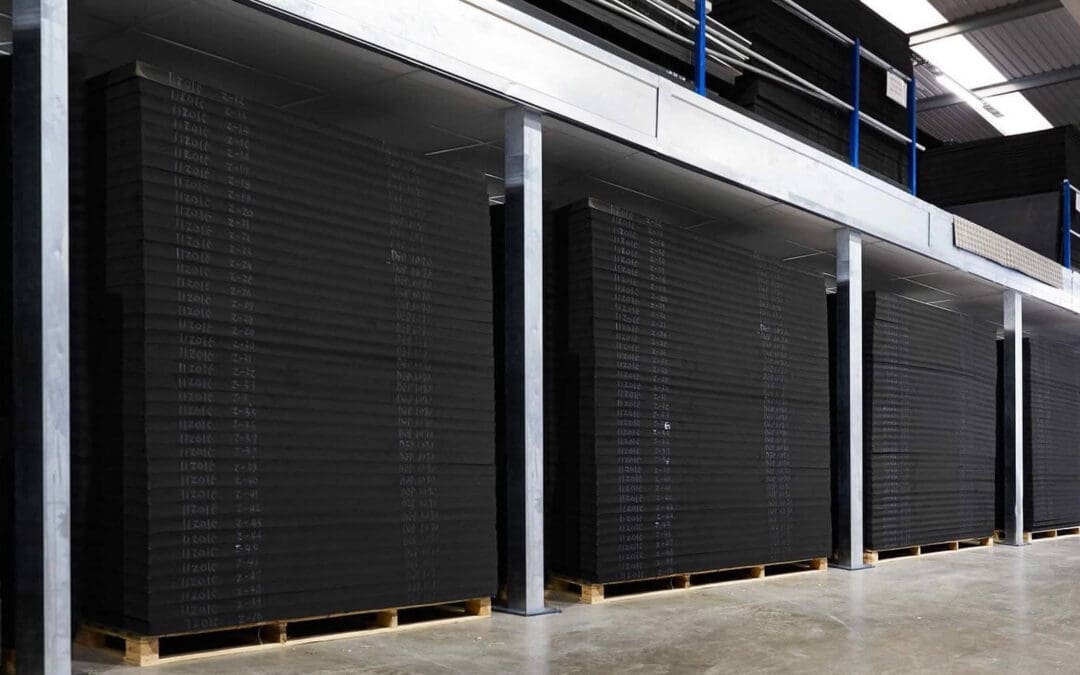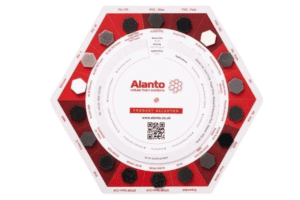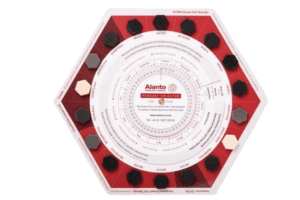Industries widely use Ethylene Propylene Diene Monomer (EPDM) Rubber for various applications, from roofing membranes to door and gasket seals. Alanto provides a broad selection of EPDM Rubber products, available in both open-cell and closed-cell forms.
What makes up EPDM Rubber?
EPDM Rubber consists of a copolymer made from ethylene, propylene, and a minor amount of non-conjugated diene monomers (3% – 9%) that offer cross-linking sites for vulcanisation (Rubber hardening). In addition, classified as M-class synthetic Rubber, EPDM features elastomers with a saturated chain of the Polyethylene type.
The ethylene content in EPDM Rubber varies between 45% – 75%, with higher percentages increasing filler loading capacities. Also, depending on the grade and formulation, EPDM Rubber can endure temperatures from as low as -40℃ to as high as 100℃.
Alanto offers open-cell and closed-cell EPDM Rubber sponge, each tailored for specific applications with excellent UV resistance and durability, making them perfect for outdoor use.
Open-cell EPDM allows air, dust, and moisture to enter until compressed by 80% of its thickness, transforming it into a closed-cell structure. Additionally, this quality suits applications needing material that reverts to its original shape after compression. Open-cell foams, engineered for efficient sound absorption, also offer excellent soundproofing qualities.
Closed-cell EPDM, however, blocks the penetration of air, dust, and moisture, ideal for water-tight applications like outdoor sealing and gasketing. Moreover, Alanto presents a variety of closed-cell EPDM sponges across different densities:
Ref Density (kg/m3)
DK1070 70-100
DK1075 75-105
DK2010 100-140
DK2015 125-165
AL43 270-330
The history of EPDM Rubber production
Initially developed in the mid-1960s to potentially replace natural Rubber in products like car and bicycle tyres, EPDM Rubber soon found its niche in other applications due to its superior resistance to weather, ozone, and heat.
It quickly became vital in the automotive and construction sectors, among others, including:
-
- Body Armour and Personal Protection
- Domestic Appliances
- Engineering
- Electrical and Lighting
- Heating and Ventilation
- Packaging and Logistics
- How do manufacturers produce EPDM Rubber?
Slurry Process:
-
- Inject monomers and a catalyst system into a propylene-filled reactor for bulk polymerisation.
- Form polymer masses insoluble in propylene, reducing solvent handling needs.
- Maintain stable temperature with the slurry’s low viscosity.
Solution Process:
-
- Polymerise ethylene, propylene, and catalysts in a hydrocarbon solvent excess.
- Add stabilizers and oils post-polymerisation as needed.
- Use hot water, steam, or mechanical devolatilization to remove solvents and unreacted monomers, leaving the EPDM compound.
- Dry the crumb-like polymer using mechanical press, drying ovens, or dewatering screens.
Gas-phase Process:
-
- Feed monomers, catalysts, and nitrogen in gas form into a vertical fluidized bed reactor.
- Extract solid product.
- Use circulating gas for heat removal and polymer bed fluidization.
- Avoid solvents but continuously inject carbon black to prevent polymer granules from sticking.
Alanto tailors EPDM Rubber solutions, including tape, coils, sheets/rolls, and gaskets, for specific applications. Contact Alanto to discover the right EPDM solution for your needs.


